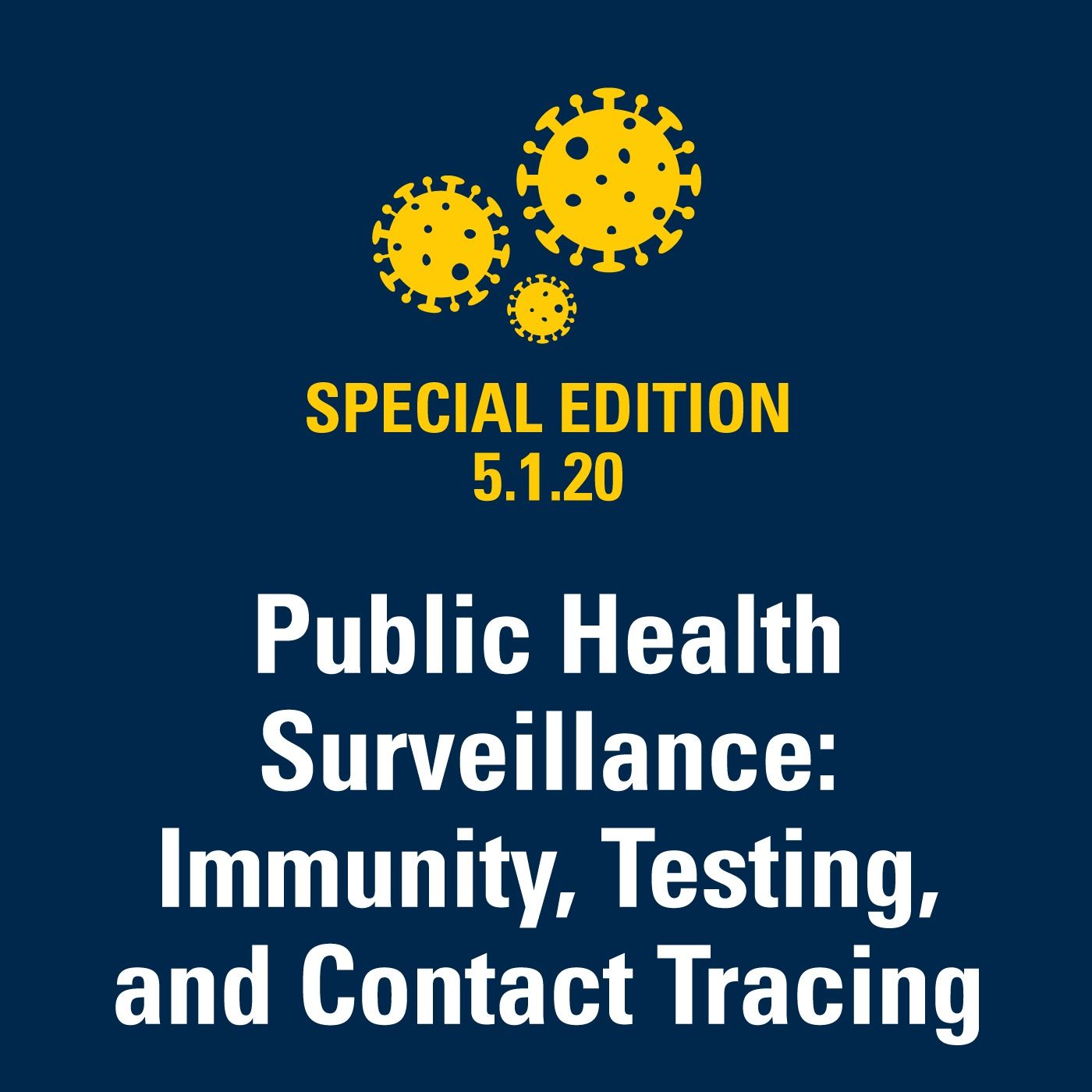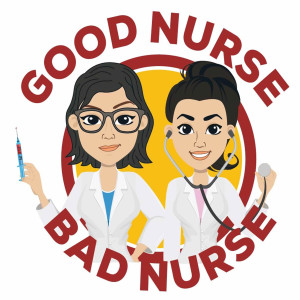

Population Healthy
Public Health Surveillance: Immunity, Testing, and Contact Tracing 5.1.20
2020-05-01
Long before we could sequence a virus’s genome in a matter of weeks, we used public health tactics like contact tracing to sort out the movement of a disease in a population. Contact tracing is one of the “traditional” tools of epidemiologists—an epidemiologist calls up dozens or even hundreds of people who might have had contact with an infected person. By tracking these interactions, they can understand how a disease is making its way through a population.Today, we have more public health ...
Long before we could sequence a virus’s genome in a matter of weeks, we used public health tactics like contact tracing to sort out the movement of a disease in a population. Contact tracing is one of the “traditional” tools of epidemiologists—an epidemiologist calls up dozens or even hundreds of people who might have had contact with an infected person. By tracking these interactions, they can understand how a disease is making its way through a population.
Today, we have more public health surveillance tools at our disposal, but we still have a lot of work to do before we fully understand how this new coronavirus behaves and what it means to have immunity to it.
Abram Wagner is research assistant professor of epidemiology at the University of Michigan School of Public Health. We asked him to cover some basics of how we monitor a disease outbreak—from how we test for it to how long we might have immunity to it after an infection.
Join the conversation with us on social media at twitter.com/umichsph and learn more about coronavirus from Michigan Public Health experts at http://myumi.ch/qgW8y
View more
Today, we have more public health surveillance tools at our disposal, but we still have a lot of work to do before we fully understand how this new coronavirus behaves and what it means to have immunity to it.
Abram Wagner is research assistant professor of epidemiology at the University of Michigan School of Public Health. We asked him to cover some basics of how we monitor a disease outbreak—from how we test for it to how long we might have immunity to it after an infection.
Join the conversation with us on social media at twitter.com/umichsph and learn more about coronavirus from Michigan Public Health experts at http://myumi.ch/qgW8y
Comments (3)
More Episodes
All Episodes>>Create Your Podcast In Minutes
- Full-featured podcast site
- Unlimited storage and bandwidth
- Comprehensive podcast stats
- Distribute to Apple Podcasts, Spotify, and more
- Make money with your podcast
It is Free












